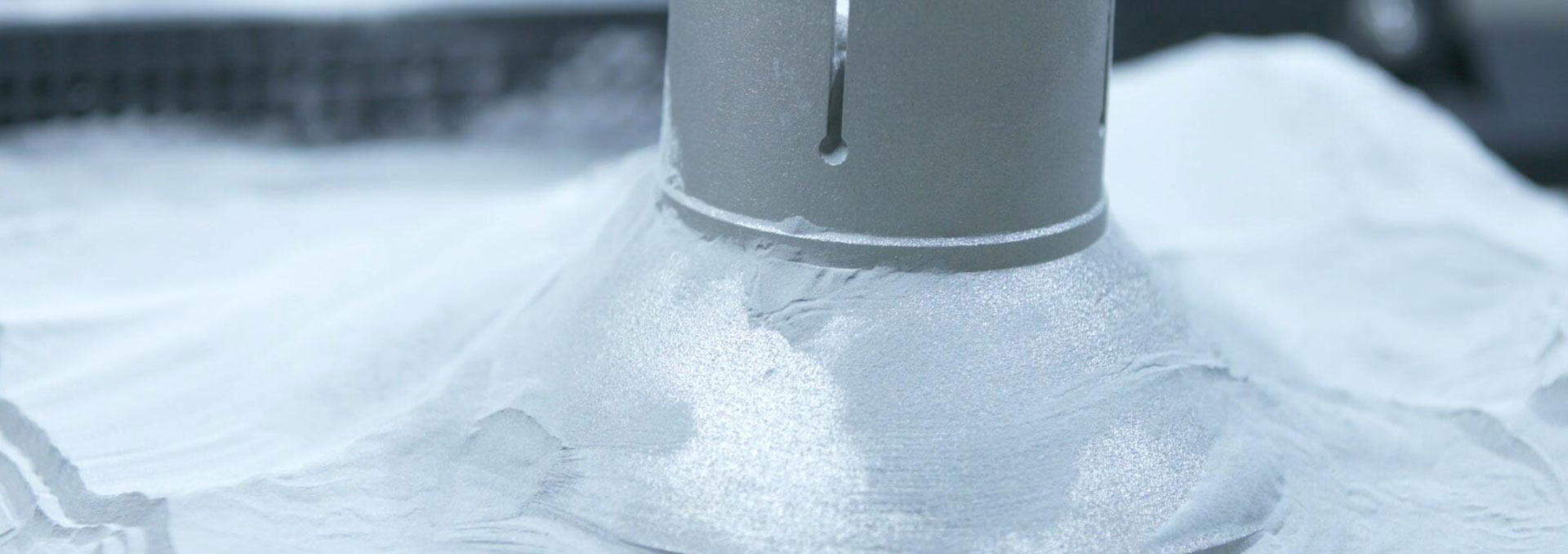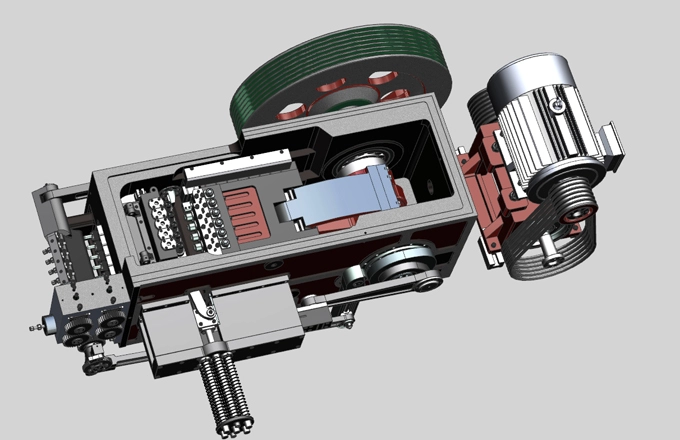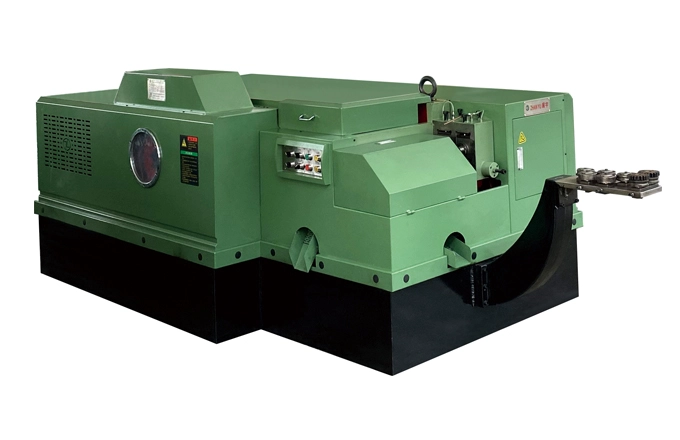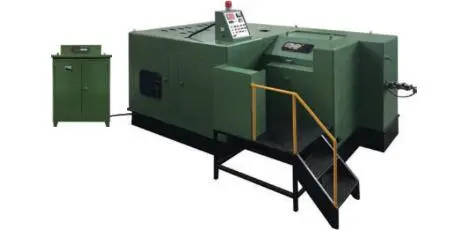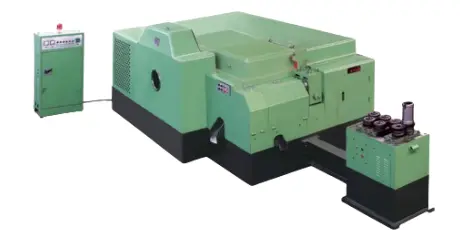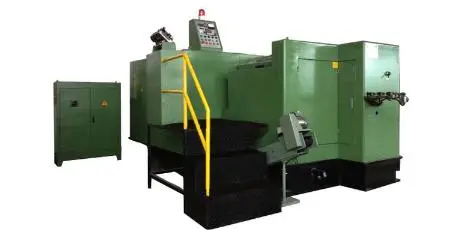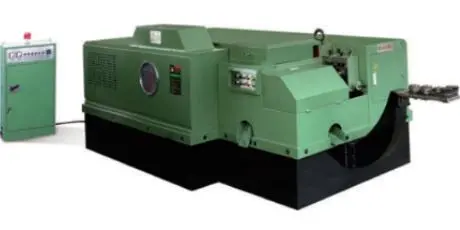Multifunctionality and Applications of Six-Die Six-Blow Cold Heading Machine
The more accurate term for the six-die six-blow cold heading machine is "cylindrical part cold forming machine." This is because this machine type, besides being used to process nuts (actually, a five-station machine is sufficient for nut processing), can also perform upsetting, forward extrusion, backward extrusion, and closed extrusion (radial expansion) processes. It is used to process cylindrical parts with small length-to-diameter ratios, such as pipe joints and spark plugs. Corresponding to the "cylindrical part cold forming machine," there is the so-called "rod-shaped part cold forming machine," which is typically referred to as a five-station bolt cold heading machine.
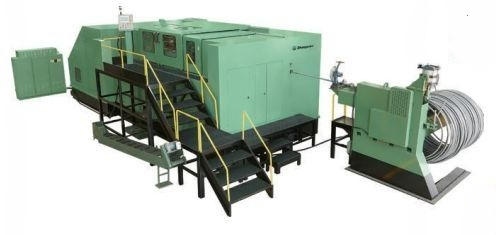
Mold Arrangement and Structural Design of Six-Die Six-Blow Cold Heading Machine
The mold arrangement of the six-die six-blow cold heading machine comes in two forms: one is vertically arranged, where the overall machine structure is side-lying; the other is horizontally arranged, where the overall machine structure is back-lying.
The side-lying multi-station cold heading machine is convenient for operation and adjustment. Workers can stand to operate without bending over, can sit to observe the machine's operation, making it more comfortable. However, the side-lying cold heading machine has some disadvantages:
Asymmetric structure: The bed structure is asymmetrical in all directions, leading to complex elastic deformation during operation and poor overall rigidity.
Torque issue: The axial force components of the upsetting resistance of each station are distributed in the vertical plane. Their resultant force deviates from the machine's centerline, producing a large torque on the slider, leading to uneven wear on the slider and guide rail.
Friction issue: The slider guide rail must be raised, further exacerbating the friction between the slider and guide rail.
Slider weight issue: To improve friction conditions, the slider is lengthened, increasing its weight and reducing the machine's overall stability.
Ejector mechanism design issue: The ejector mechanism cannot be expanded in the same plane as the main drive mechanism, leading to a complex and bulky structure.
Clamp drive mechanism issue: The clamp drive mechanism is complex, and its function realization is not efficient.
Workpiece shaking issue: When the clamp holds and transfers the workpiece downward, the workpiece may shake and be thrown off.
Material dropping issue: When the clamp at the upper station drops a material, it may be pressed onto the lower station, damaging the die and clamp.
View obstruction issue: The height is too great, obstructing the worker's view and affecting the workshop environment.
Difficult mold installation and removal: Mold installation and removal are difficult and challenging for hoisting.
Workstation Design and Applications of Six-Die Six-Blow Cold Heading Machine
The design goal for the three-station machine of the six-die six-blow cold heading machine is to process conventional/low-strength products. As high-strength products and a large number of special-shaped products become more common, three-station machines are gradually replaced by four and five-station machines.
Four-station machines are more reasonable and economical than three-station ones. The mold structure is more reasonable, has a longer lifespan, and is easier to manage.
For trimmed hex head bolts, the four-station process mold inventory is lower, costs less, and is easier to manage. An additional station provides more, easier, and thus more reasonable choices for process and mold design.
Future Development and Selection Recommendations for Six-Die Six-Blow Cold Heading Machines
When selecting a six-die six-blow cold heading machine, it is recommended to choose four or five-station machines, and at least four-station ones. Practice has proven that even for producing conventional products, four-station machines are more reasonable and economical than three-station ones. The four-station process's mold structure is more reasonable, has a longer lifespan, is easier to manage, and is also more cost-effective.
For trimmed hex head bolts, this is certainly true. For other types of products, an additional station will provide more, easier, and thus more reasonable choices for process and mold design.
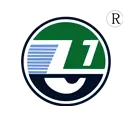
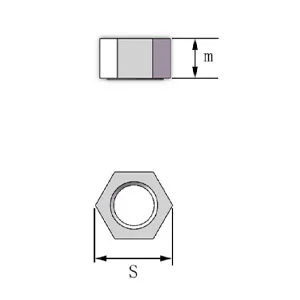
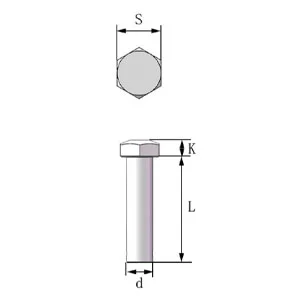
(1).webp)
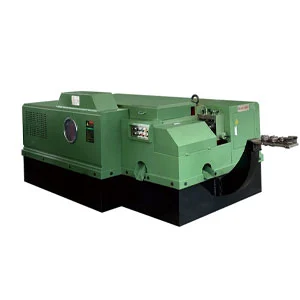
 English
English